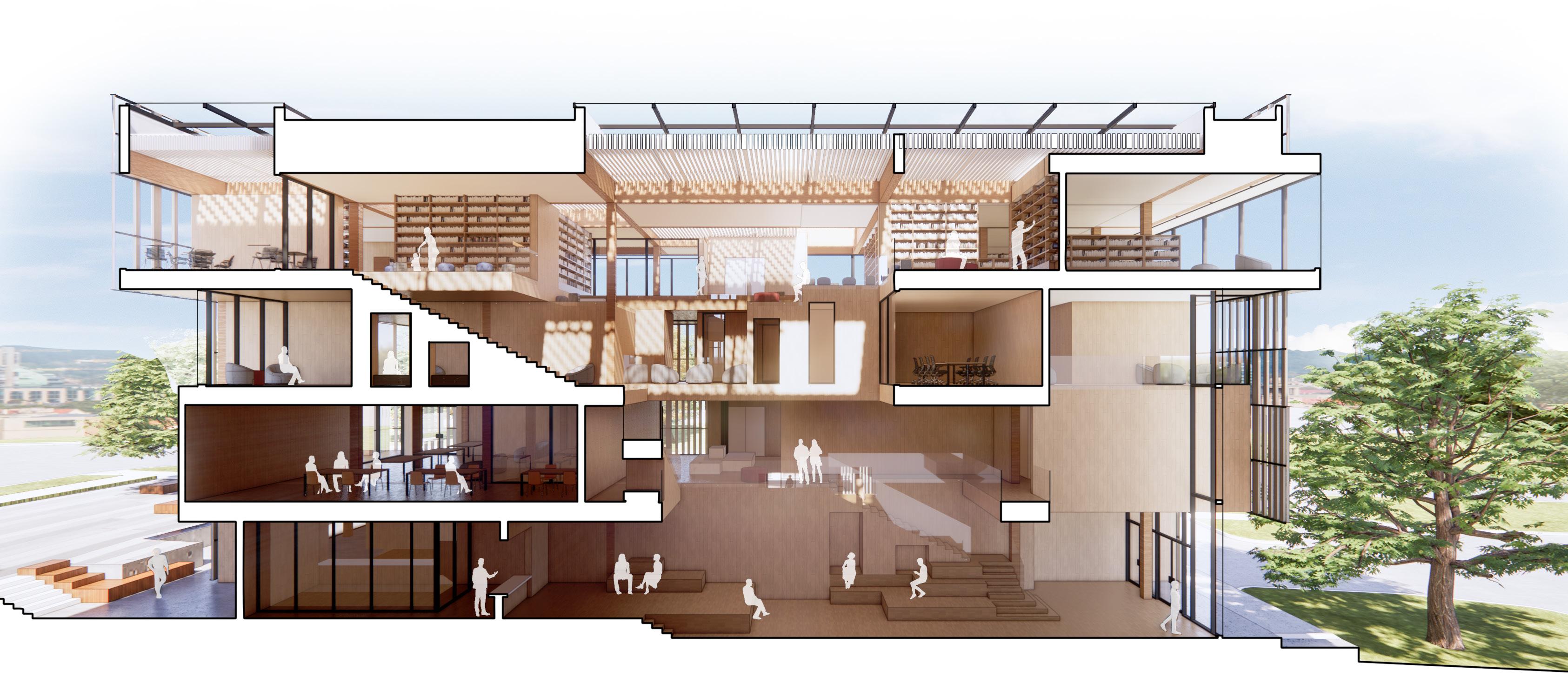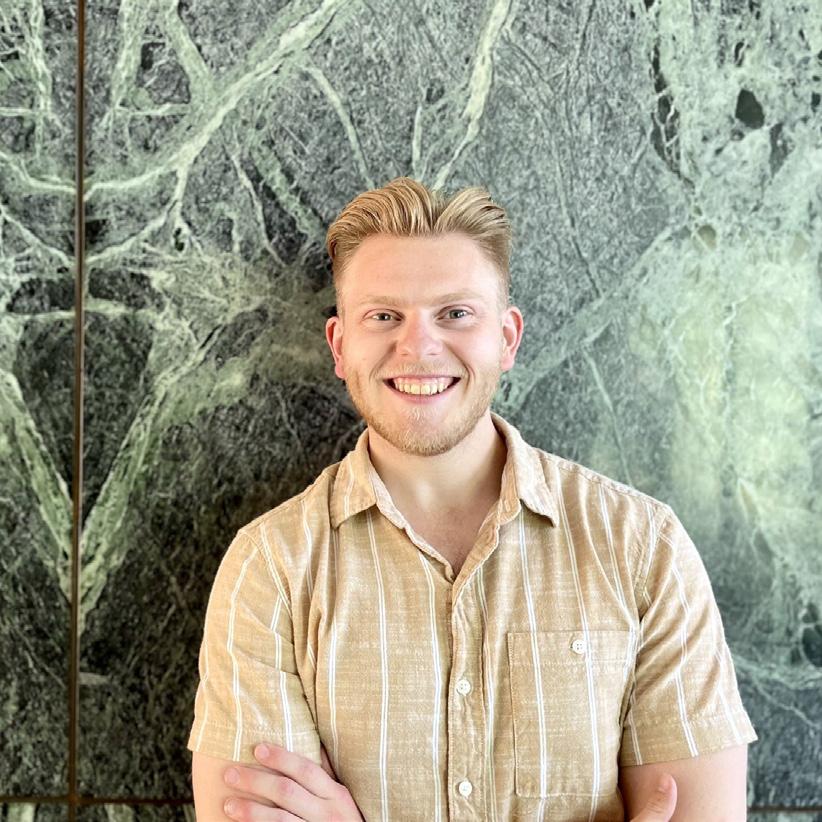
1 minute read
RYAN RYAN DAVELAAR DAV ELAAR
ARCHITECTURE PORTFOLIO
Kansas State University College of Architecture | Selected Works
Advertisement
My passion is to create architecture that gives back to communities and design spaces that support neuro-diverse experiences interacting with buildings. Great architecture is impactful far beyond its site boundaries, and therefore has a responsibility to contribute positively to the people just as much as the communities, cities, and environment.”
HOW CAN A PUBLIC LIBRARY CATER TO INDIVIDUAL PREFERENCES FOR READING ENVIRONMENTS?

It is no secret that libraries are often overlooked in modern times because of such convenient access to information via the internet. However, a public library is much more than its historical role as a vault of knowledge. The thesis for this library focuses on the experience, fostering a community-building environment and prioritizes learning, skill development, and socializing.
Guests can find spaces inside the library that range from intimate and small scale to multi-story tall volumes with plenty of natural light and socialization opportunities. This ensures that anyone can find a space that they will enjoy reading, studying, or socializing in and encourage them to make this library a place they look forward to going every week.
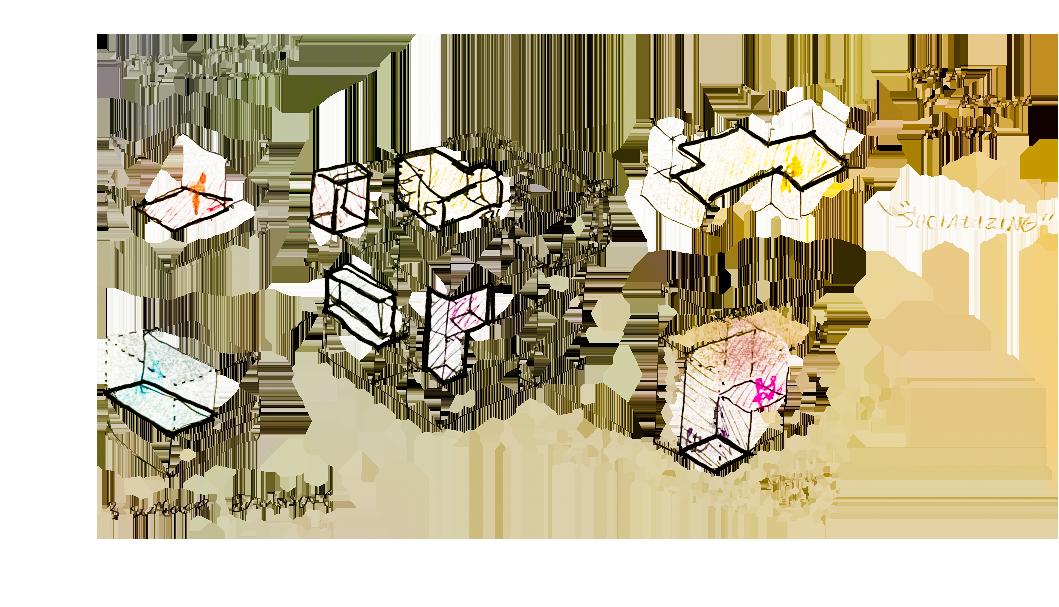
Study Space
Reading/Social
Grand Reading
Book Stacks
Social Space
Cafe/Observation
Spatial Permutations
Classroom
Focused Reading
Permutations of program blocks can form a wide variety of spatial qualities that are better for hosting unique activities. For example, a double-height but narrow space would offer a better reading experience for individuals, while a larger, undulating volume of space would better facilitate more wall space for book stacks.
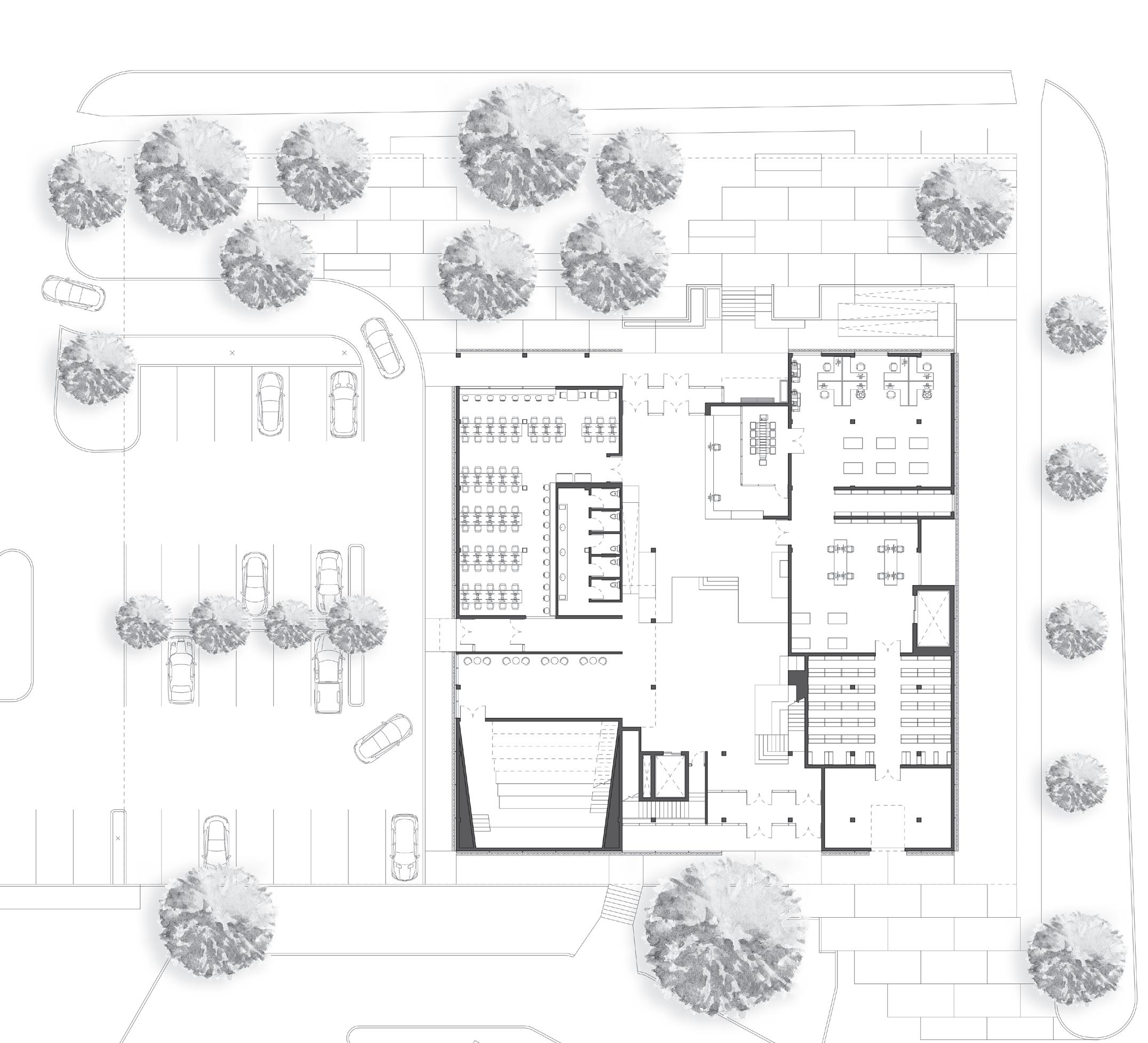
Grand Reading Spaces
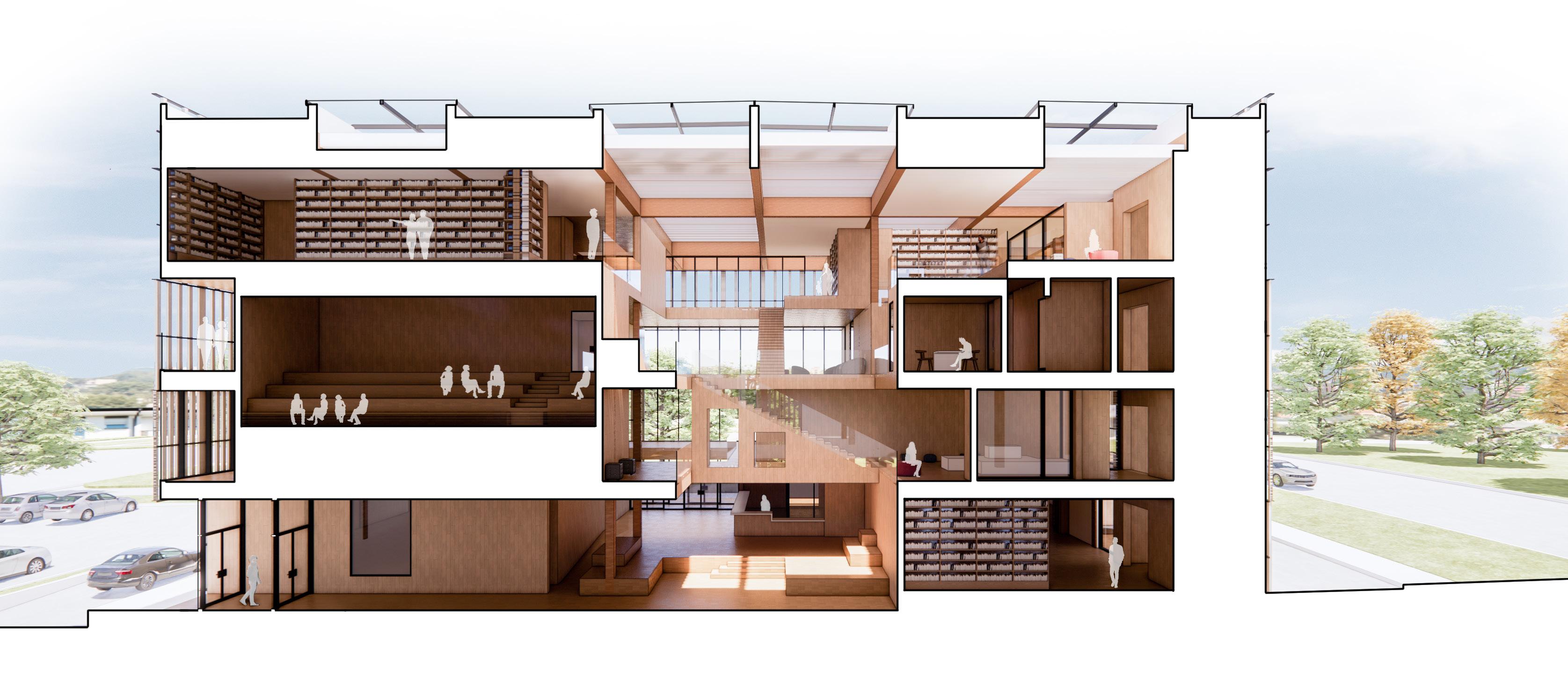
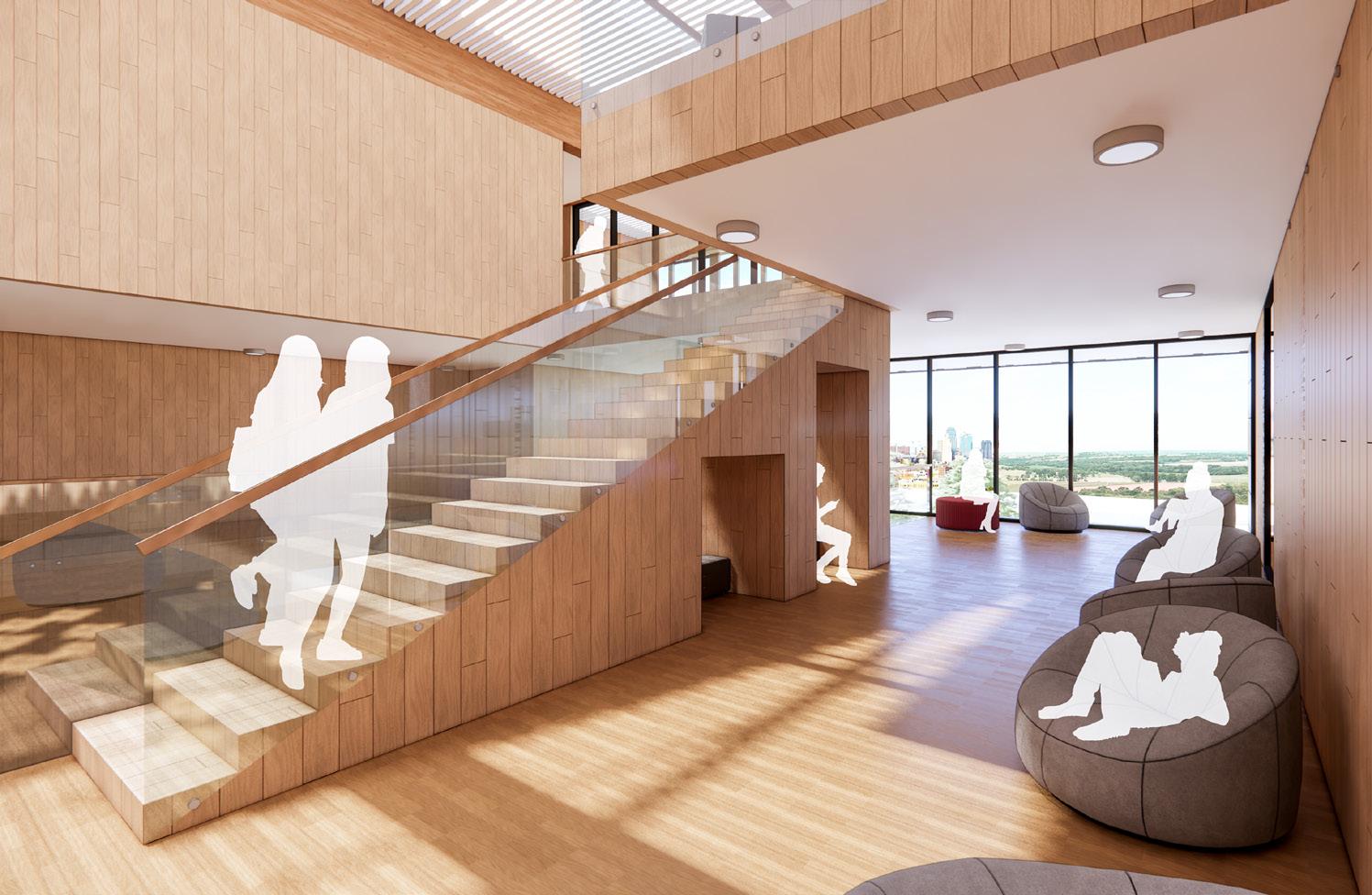
Common Social Spaces
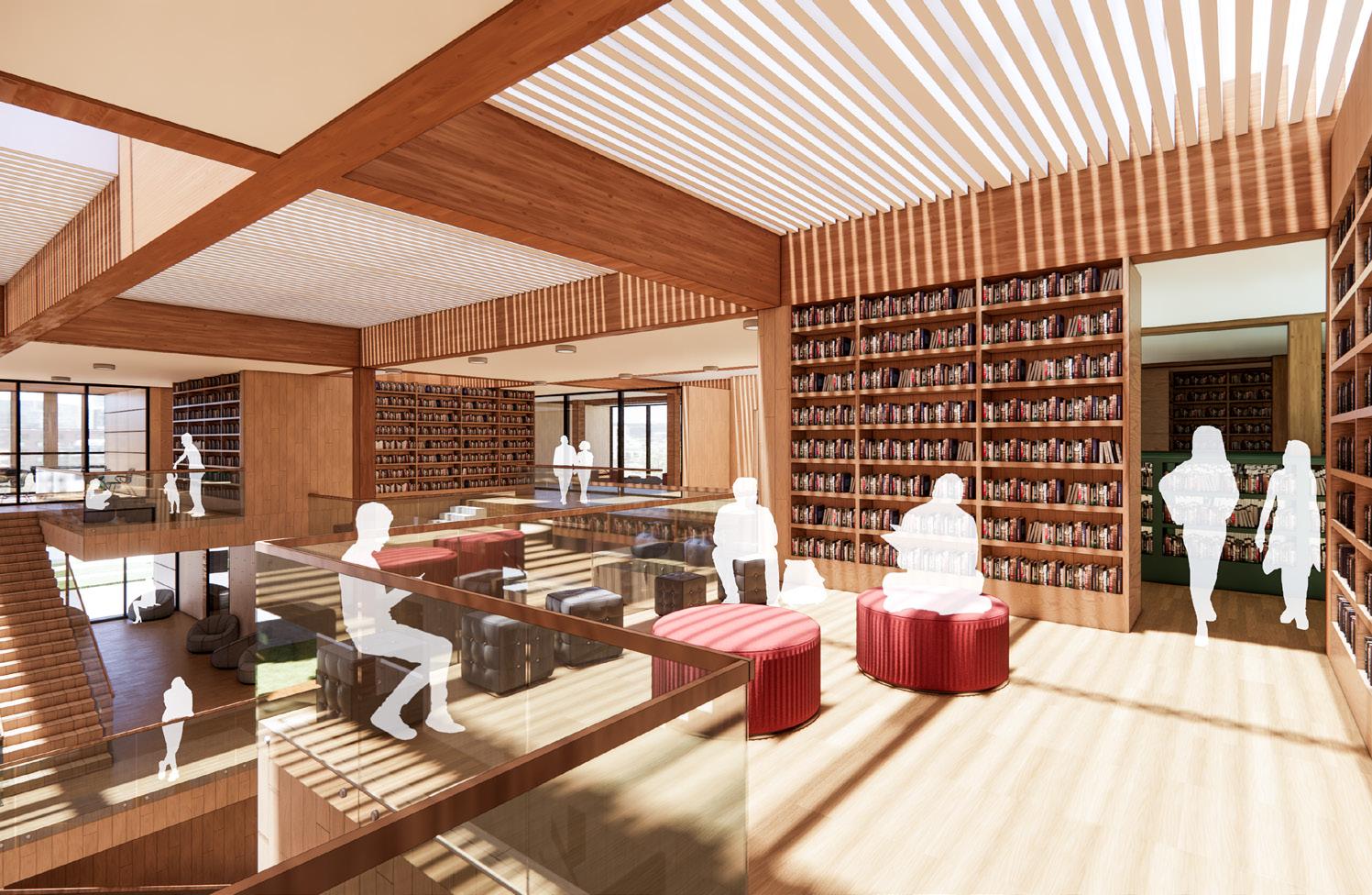
Focused Reading Spaces
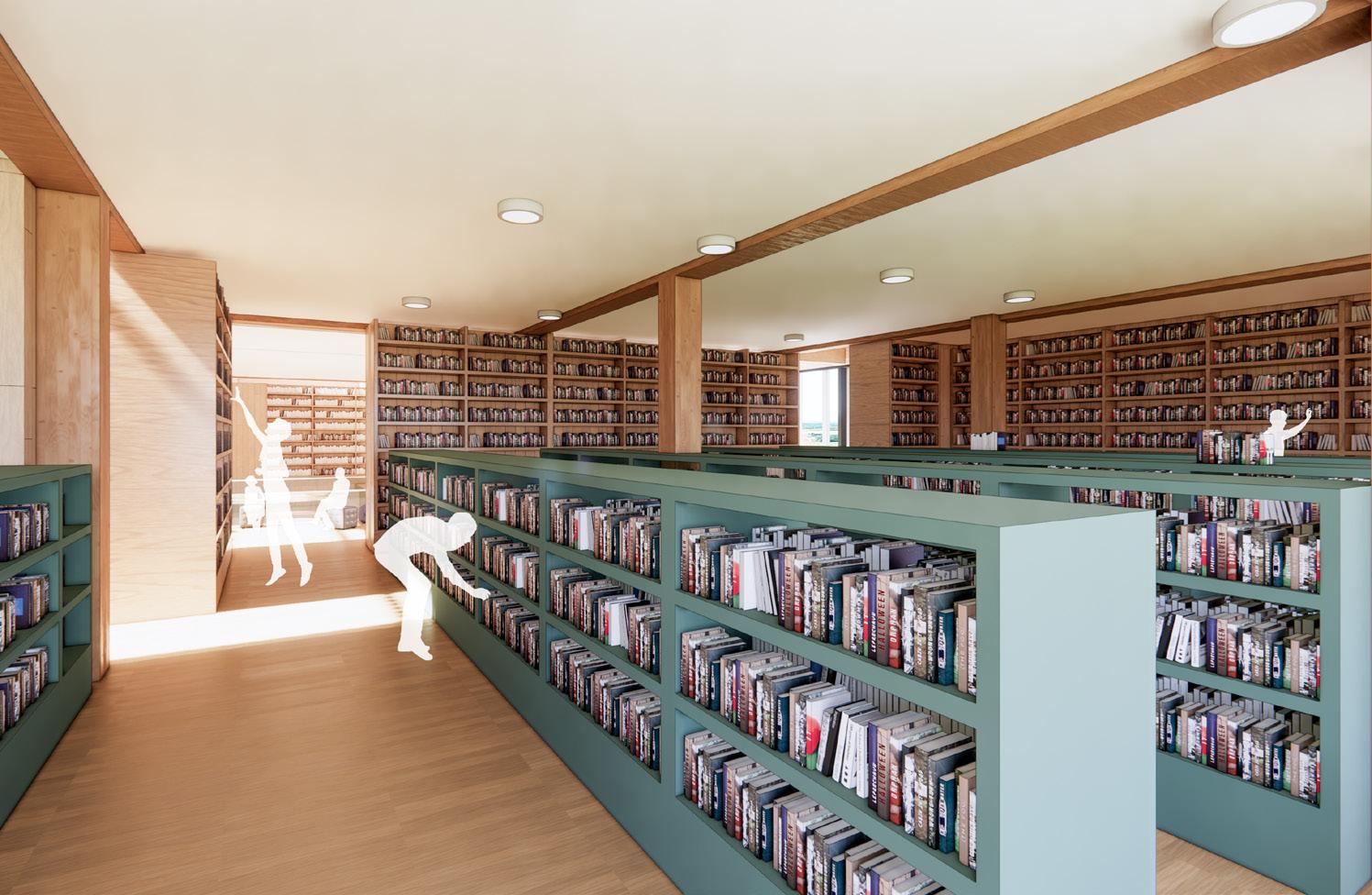
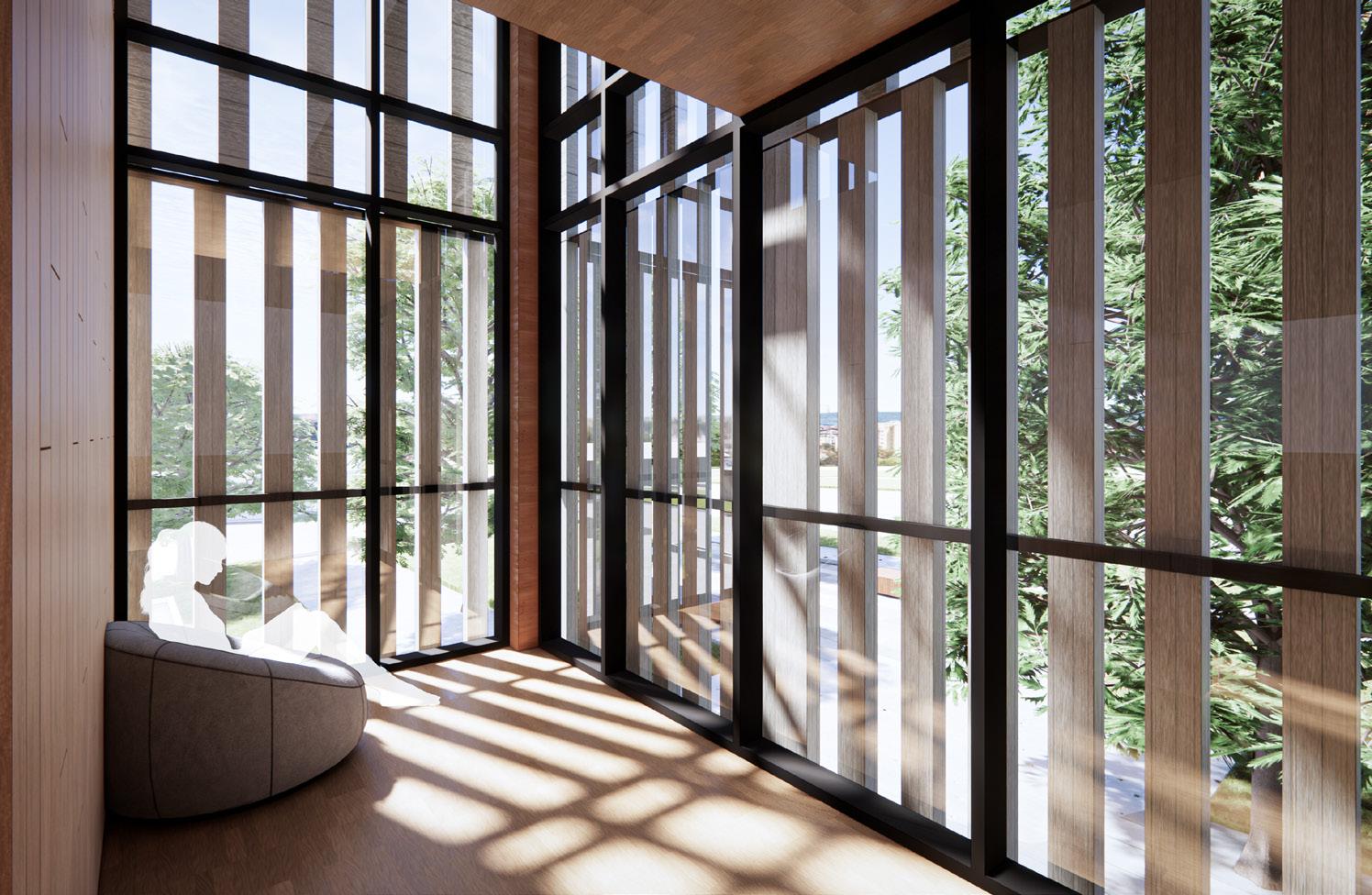
Book Stacks Spaces
